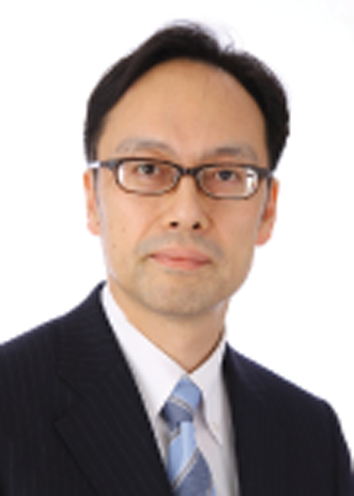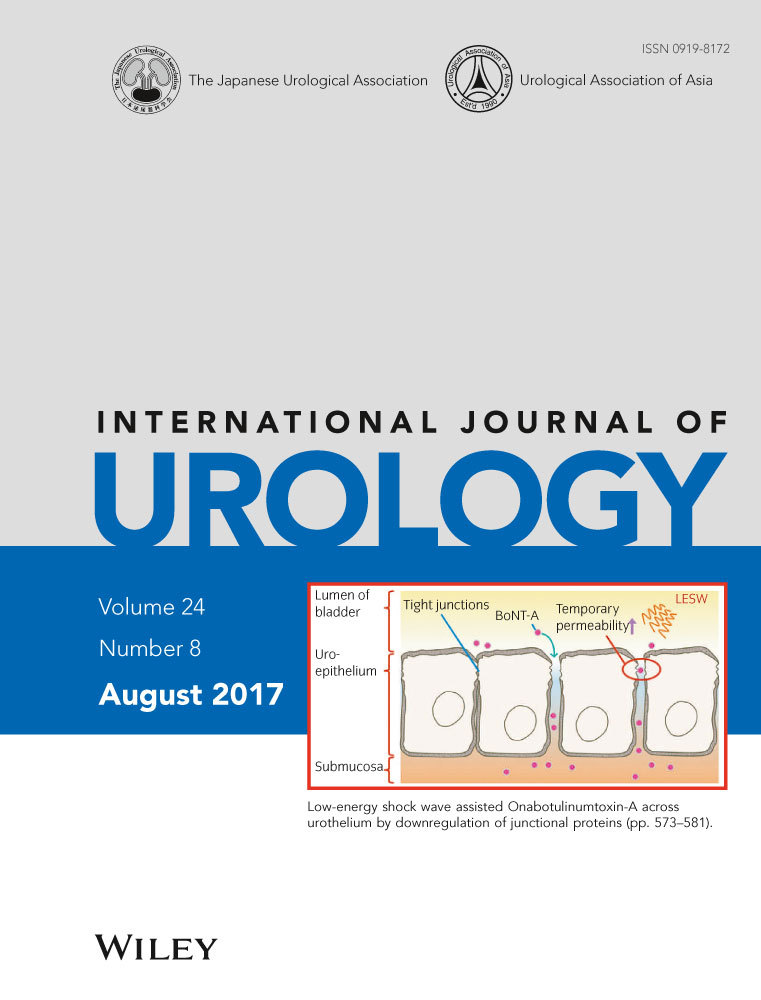IJU this issue
Prostate cancer is associated with molecular, pathological and clinical heterogeneity, and is characterized by androgen-dependent proliferation, which is blocked by androgen deprivation therapy. However, resistance phenotypes can emerge after androgen deprivation therapy, named castration-resistant prostate cancer (CRPC). Mizokami et al. (Kanazawa, Japan) described a review article regarding CRPC in the new era. In Japan, the gate was opened in 2014, when enzaltamide, abirateron and cabaxitaxel were launched. In this review, they insist that there is still a role for the use of vintage hormone agents based on the better prognosis in the Japanese population than the USA or European countries clarified by Japanese cumulative evidence. This ethical heterogeneity is warranted for molecular or pathological backgrounds.
In this review, they showed an interesting theory named “seesaw theory.” CRPC tissue is heterogenous, including androgen-hypersensitive cells and androgen-independent cells. Hormonal therapies can attack androgen-hypersensitive cells, but not androgen-independent cells. In contrast, the effect of chemotherapy is opposite. The most well known example is the platinum-based chemotherapy for neuroendocrine prostate cancer. This theory implicates the re-challenge of hormonal therapy and chemotherapy. A recent study comparing androgen receptor-driven adenocarcinoma and androgen receptor-indifferent neuroendocrine prostate cancer unexpectedly revealed a significant overlap in the mutational and copy number landscape.1 This suggests clonal evolution of neuroendocrine prostate cancer from adenocarcinoma, and implicates there is no distinct border between then. Plasticity of cancer exists behind the scene of cancer heterogeneity. Combined Rb1 and p53 loss is associated with the loss of luminal features and lineage plasticity mediated by SOX2,2 one of the four Yamanaka factors.3 Seesaw treatment might be useful for the surviving cancer by plasticity. Pluripotent stem cells resemble highly malignant cancer cells in gene expressions.4 Kosaka et al. postulated reprogramming the treatment strategy for CRPC by ribavirin identified by a screening system using OCT4 (another Yamanaka factor).5 Resistance and cancer stem-like cells are closely related. Treatment focusing on cancer plasticity and targeting stem-like cancer cells has come of age.
It is true that men with prostate-specific antigen (PSA) <2.0 ng/mL rarely develop prostate cancer, but some do. Fujizuka et al. (Maebashi, Japan) shed light on the “heterogeneity” of prostate cancer screening in a large cohort. They found that the free-to-total PSA ratio predicts the risk of developing prostate cancer. Longitudinal changes in [−2] proenzyme PSA-related indices correlate with tumor aggressiveness. These findings are useful for more individualized screening in contrast to the current screening depending on PSA only.
Overtreatment of low malignant and dormant prostate cancer is one of the critical issues of prostate cancer. Active surveillance is the only option for this issue. Grade group 1 prostate cancer is the most appropriate candidate. However, grade group 2 prostate cancer is a candidate in consideration of a good prognosis. McGinley et al. (Durham, USA) considered the “heterogeneity” of grade group 2 prostate cancer, and examined if there is a subset of men with grade group 2 prostate cancer who could be potential candidates for active surveillance. They found that men with PSA ≤10 ng/mL and clinical stage T1c/T2a in grade group 2 prostate cancer with ≤2 total positive cores have similar rates of adverse pathology and biochemical recurrence as men with grade group 1 prostate cancer.
Conflict of interest
None declared.





